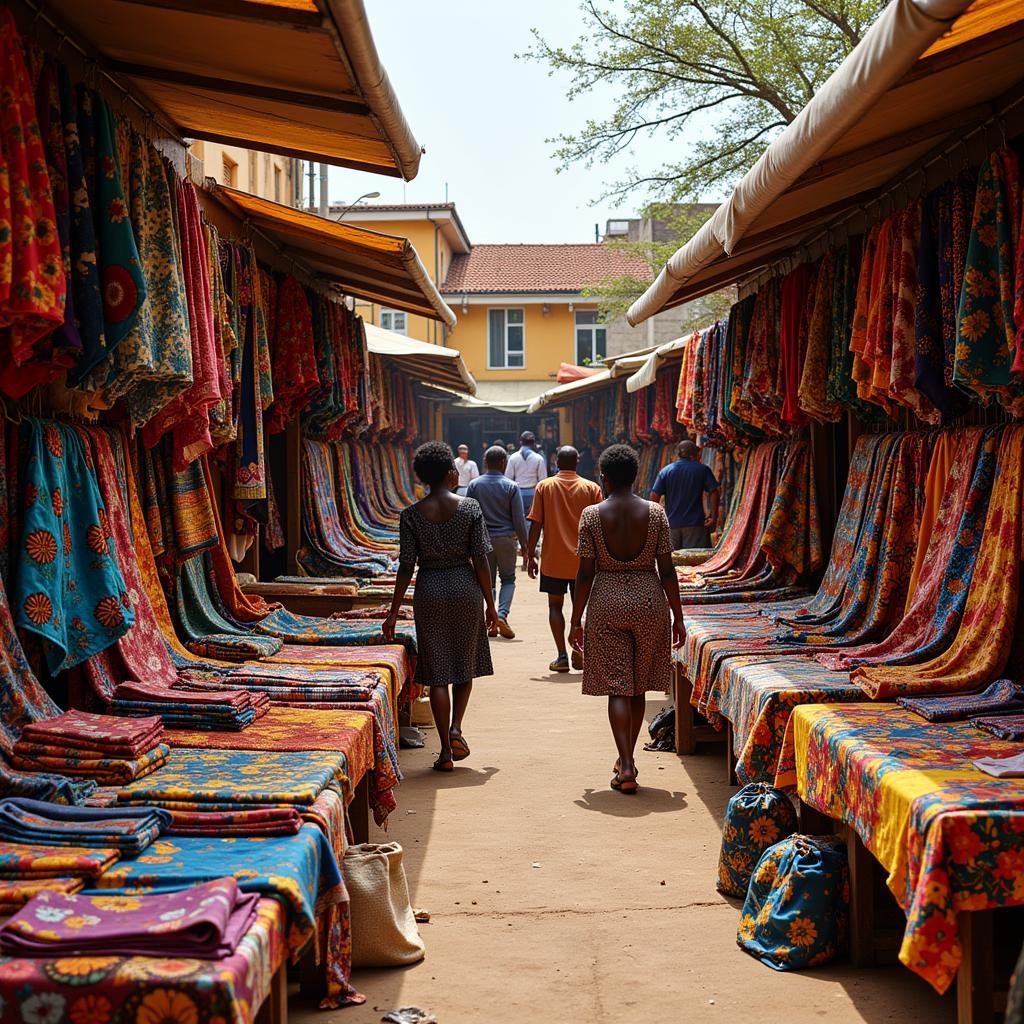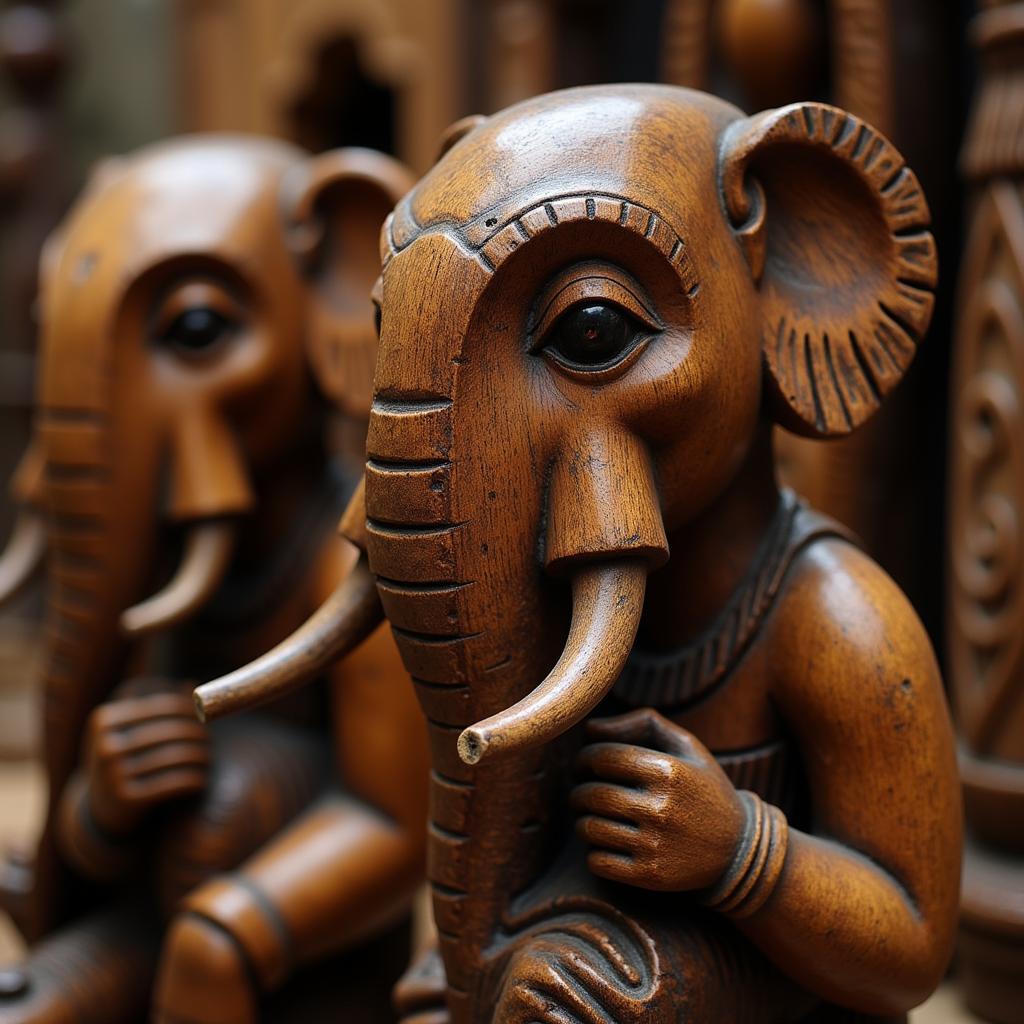Unveiling the World of African Folk Art Dolls
African Folk Art Dolls are more than just playthings; they are intricate expressions of culture, history, and heritage. Crafted from diverse materials like wood, clay, beads, and fabric, these dolls offer a captivating glimpse into the traditions and beliefs of various African communities.
The Significance of Dolls in African Cultures
In many African societies, dolls are not solely regarded as children’s toys. They serve multifaceted purposes, playing integral roles in rituals, ceremonies, and everyday life. These dolls often embody spiritual significance, acting as intermediaries between the physical and spiritual realms. They can represent ancestors, deities, or even abstract concepts like fertility, prosperity, and protection.
Materials and Techniques: A Tapestry of Creativity
The creation of African folk art dolls is a testament to the resourcefulness and artistic ingenuity of the continent’s artisans. Materials are often sourced locally, reflecting the natural resources and cultural practices of each region.
- Wood: Carved wooden dolls, often with exaggerated features and bold geometric designs, are common in West Africa.
- Clay: In regions like Mali and Burkina Faso, clay dolls, known for their simplicity and earthy elegance, are prevalent.
- Beads: The vibrant beadwork of the Zulu and Ndebele people transforms dolls into stunning displays of color and cultural pride.
- Fabric: Dolls made from cloth, adorned with intricate embroidery and appliqués, are particularly popular in East Africa.
Regional Styles and Symbolism
Just as languages and traditions vary across Africa, so too does the style of folk art dolls. Each region boasts its unique aesthetic and symbolic language.
- West Africa: Known for their bold features, often adorned with scarification marks and elaborate hairstyles.
- East Africa: Characterized by their elongated forms and the use of colorful fabrics and beadwork.
- Southern Africa: Often feature intricate beadwork and are associated with specific rituals and ceremonies.
- Central Africa: Known for their use of natural materials and their connection to ancestral spirits.
Beyond Aesthetics: Cultural Narratives and Stories
African folk art dolls are not merely decorative objects; they are vessels of cultural narratives and stories passed down through generations. The dolls often depict traditional clothing, hairstyles, and adornments, offering insights into the cultural practices and social structures of different communities.
African Folk Art Dolls in the Modern World
Today, African folk art dolls continue to captivate art enthusiasts and collectors worldwide. Their presence in museums, galleries, and homes serves as a testament to the enduring power and beauty of African art. These dolls offer a tangible link to the rich cultural heritage of the continent, fostering cross-cultural understanding and appreciation.
Conclusion
African folk art dolls are more than just objects; they are windows into the soul of a continent. By appreciating the artistry, symbolism, and cultural narratives embedded within these creations, we gain a deeper understanding of the diversity, creativity, and resilience of African cultures.




